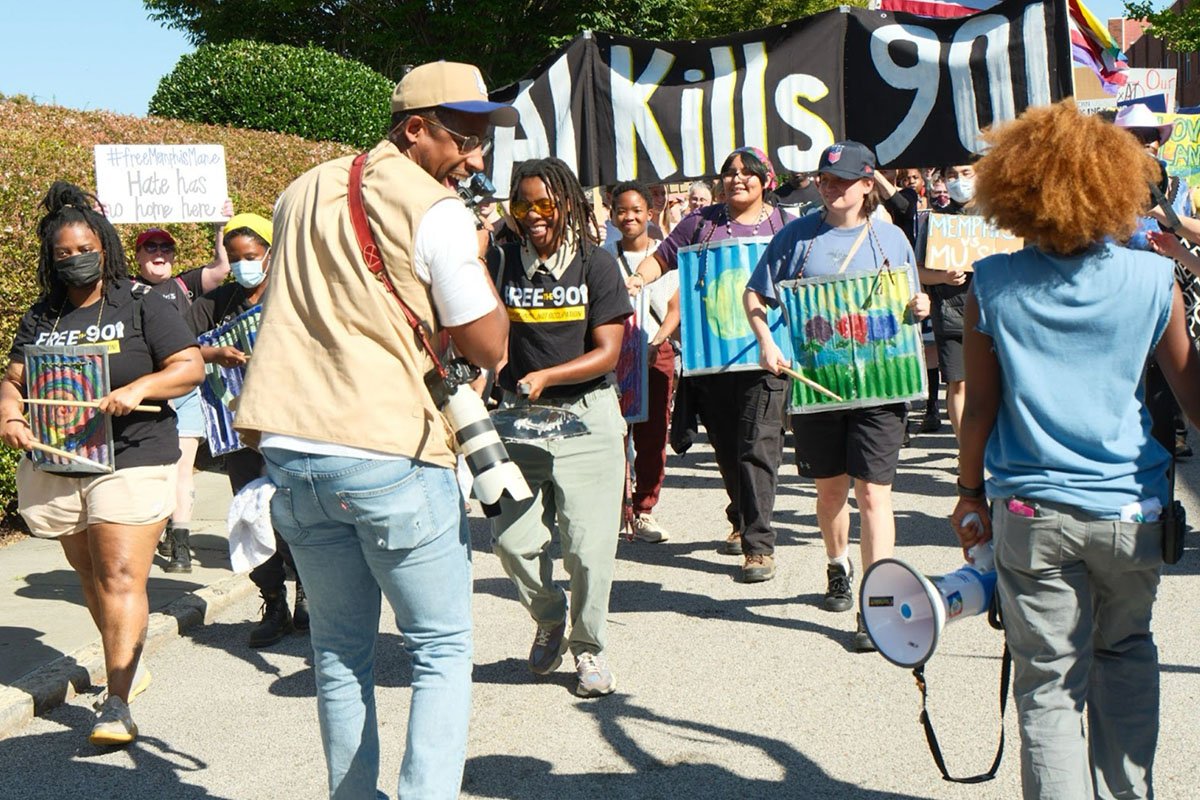October 19, 2016; New York Times
Farhad Manjoo writes the popular “State of the Art” technology column for the New York Times. He touched upon a sensitive topic for the nonprofit sector in, “Whoever Wins the White House, This Year’s Big Loser Is Email.”
This column is not about the real or imagined scandals exposed by caches of Mrs. Clinton’s and her campaign staff’s messages, which, thanks to the State Department, Russian hackers, Judicial Watch and WikiLeaks now regularly spill into public view.
Instead, let’s examine a more basic mystery buried in the emails: Why were all these people discussing so much over email in the first place? Haven’t they heard of phone calls? Face-to-face meetings in dimly lit Washington parking garage? Anyplace else where their conversations weren’t constantly being recorded, archived and rendered searchable for decades to come?
Manjoo then launches into a fascinating analysis of one thread of emails in 2015 from the hacked Gmail account of Clinton’s campaign chairman, John D. Podesta. It would appear that email was, unfortunately, a primary means of communication for the campaign because “they hadn’t had their sense of security punctured yet.”
Manjoo points out “email’s advantages and its enormous flaws.” Briefly, the email chain involved senior members of the campaign discussing whether to accept money from people who lobby on behalf of foreign governments, regarded by the Department of Justice as registered foreign agents. Much back-and-forth later—Canada, yes; North Korea, no—the campaign communications director ends the thread with a summary directive: “Take the money!!” tapped out on her iPhone. That line is now being used enthusiastically by the Trump campaign.
Sign up for our free newsletters
Subscribe to NPQ's newsletters to have our top stories delivered directly to your inbox.
By signing up, you agree to our privacy policy and terms of use, and to receive messages from NPQ and our partners.
Email is a decades-old tool and seemingly indispensable. And yet, as Manjoo warns: “It lulls us into a sense of unguarded security that it never delivers. It entices us to spill our darkest secrets, and then makes those secrets available to any halfway decent hacker.” Putting aside for a moment the question of when or whether it is ethical to publish (let alone read) stolen data, from the Pentagon Papers to Clinton’s emails, if you’ve been drafting a resignation letter but your commitment to the mission keeps you from sending it, delete it now.
What are the other lessons here for your nonprofit work? First, know that once you send an email, it resides forever on every device that every recipient will ever download it on. Email can be dangerous, especially if the conversations email facilitates should happen in private.
Secondly, email can lead to burnout. Whether read or not, email has a way of lingering in your “mental inbox.” Email also has a taxing way of blurring the lines between your private and professional life. The “reply-alls” received at 3AM. The email that asks (can you risk ignoring it?) if you can join a conference call at the very evening hour you are expected to be front and center for a private commitment. You give your all to your mission at work. Do you have a right “to be forgotten” once you leave work?
A familiar debate in our sector is how closely we should mimic the for-profit world. There are those who argue that at least nonprofit CEO compensation should mirror that of their for-profit peers. Others exalt the for-profit focus on the bottom line, efficiency, marketing prowess, and so forth. One area that most might envy, if not agree with, is how Volkswagen and Daimler treat email. Volkswagen stopped their servers from sending emails to some of its employees after they left work. The trade union negotiated that gift to family life. Daimler employees are permitted to set their emails to auto-delete during vacation. The Pew Research Center found that “employees with company phones often worked more than 50 hours a week, with 62 percent saying that having the phones triggered demands that they work more hours.” That study was conducted in 2008, long before ever-increasing mobile technology created the 24/7 assumptions of today’s “connected worker.”
Finally, donor relations would benefit from an examination of good email manners. Email as a medium expects a response. The first option on anyone’s email service is “Reply.” It’s not until you are halfway down the list of options before you find “Delete.” “Report spam” is also on that list, and some donors are undoubtedly tempted to apply that option even for senders they know. For that donor, even if you asked if she would prefer to talk by phone, you might risk hearing, “Frankly, I’d rather we not have any conversation.” Donor relations is the art of avoiding that reaction. Meanwhile, while we await something more secure, respectful, and even majestic than email, we do our best to conduct our work and to relate to those who make our work possible with the tools and means we have available.—James Schaffer.











